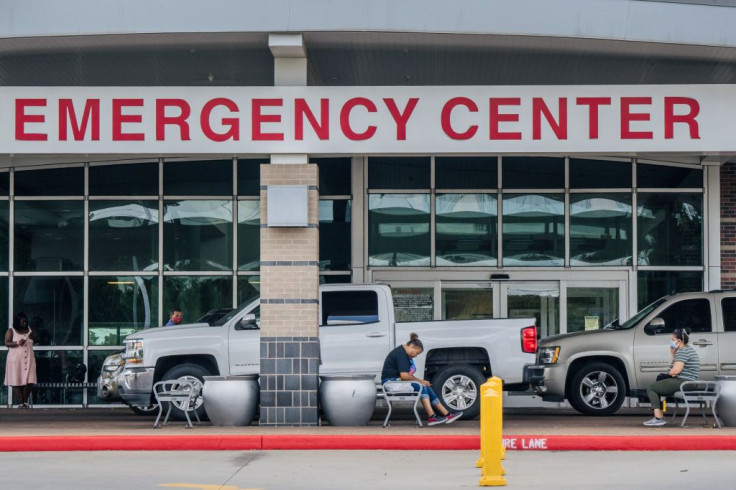
Language and cultural barriers, as well as higher levels of poverty, are among the social and economic factors contributing to disparate health outcomes for Hispanic Americans, according to a new report by the Pew Research Center.
These factors have led Hispanic adults to be less likely than other Americans to see health care providers and to have a primary care provider.
Concretely, the report, which is based on information gathered in a 2021 study, shows that 70 percent of Hispanics said they had seen a doctor or a health care provider in the past year, 12 percentage points less than the country average. When it came to having a health care provider, the figure was 68 percent, in contrast with 76 percent for the U.S. overall.
The comparatively younger age of Hispanics can help explain some of this differences, as Pew notes that younger people are less likely than their elders to have seen a health care provider recently and to have a primary care provider. The median age of Hispanic Americans was 30 in 2020, compared to 41 for non-Hispanics, according to the U.S. Census Bureau.
However, there are stark differences within this demographic, mainly based on the amount of time individuals have been in the U.S. 48 percent of Hispanic immigrants who had been in the country for a decade or less reported having a primary care provider, compared to 79 percent of those who had lived in the U.S. for more than two decades.
Another disparity within this demographic concerns Black Hispanics, who are more likely to report negative health care experiences. "For instance, 52 percent of Black Hispanic adults say they've had to speak up to get proper care, compared with 31% of White Hispanic adults. And Black Hispanic adults are 15 percentage points more likely than White Hispanic adults to say they've received lower-quality care (37 percent vs. 22 percent)," reads the report.
Hispanic Americans are also less likely to have health insurance than other ethnicities: As of 2021, the uninsured rate among Hispanics under age 65 was 19 percent, according to KFF, formerly known as the Kaiser Family Foundation. That was higher than the share among Black (11 percent), White (7 percent) and Asian Americans (6 percent), the report says.
The entity, however, mentioned a silver lining: the uninsured rate of Hispanic Americans under 65 in 2021 was significantly lower than 2010's 33 percent.
Occupational and structural factors
More than half of Hispanics surveyed said that another aspect influencing these figures are the fact that this demographic is more likely to work in jobs that put them at risk of experiencing health issues.
Other factors are communication problems arising from language or cultural differences (44 percent) and preexisting health conditions (40 percent). Overall, these differences were apparent during the early stages of the COVID-19 pandemic, when Hispanics were far more likely than White Americans to have died from the virus.
© 2025 Latin Times. All rights reserved. Do not reproduce without permission.




